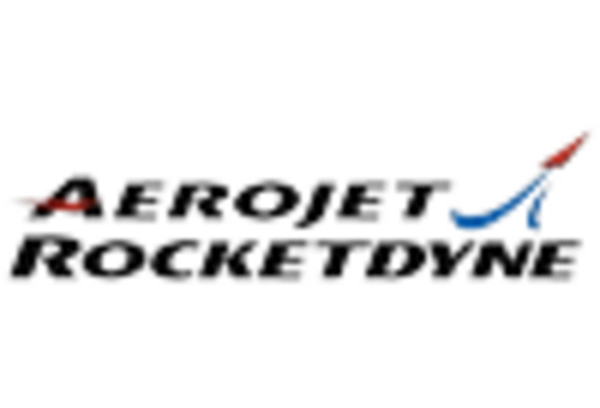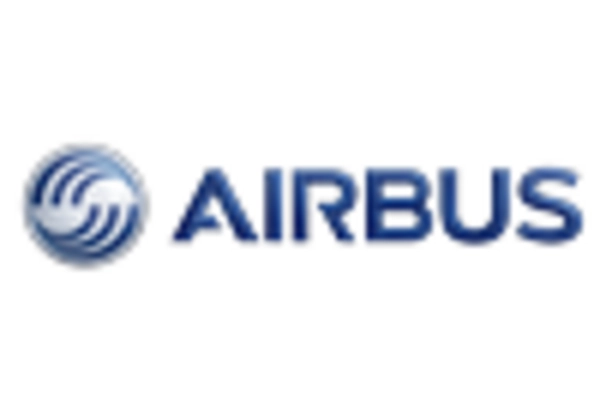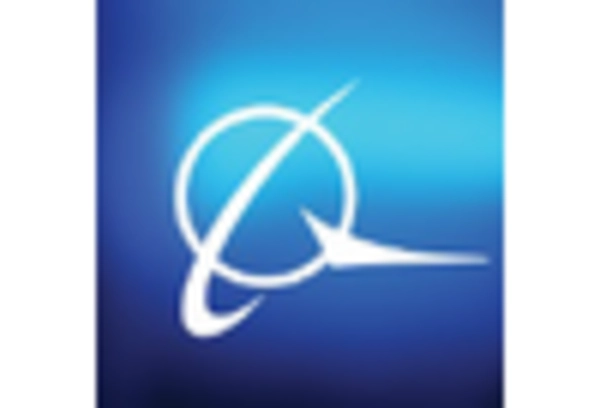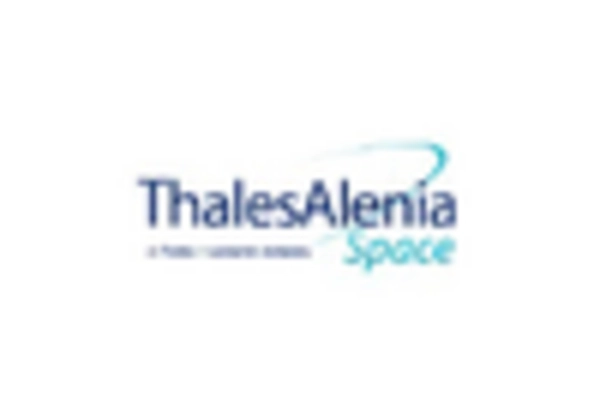Government Initiatives and Funding
Government initiatives play a pivotal role in shaping the satellite propulsion-system market. In the US, agencies such as NASA and the Department of Defense are investing heavily in advanced propulsion technologies to support national security and scientific exploration. For instance, NASA's Artemis program aims to develop innovative propulsion systems for lunar missions, which could have broader applications in the satellite propulsion-system market. The federal budget for space exploration has seen an increase, with allocations reaching over $25 billion in 2025. This funding is likely to foster research and development in propulsion technologies, thereby enhancing the capabilities and competitiveness of the satellite propulsion-system market.
Growing Demand for Small Satellites
The satellite propulsion-system market is significantly influenced by the increasing demand for small satellites, which are often deployed for various applications, including Earth observation, telecommunications, and scientific research. These small satellites require compact and efficient propulsion systems to maintain their orbits and perform maneuvers. The market for small satellites is anticipated to reach $7 billion by 2026, indicating a robust growth trajectory. This trend is likely to drive innovation in propulsion technologies tailored for smaller platforms, thereby enhancing the overall capabilities of the satellite propulsion-system market. As more entities, including startups and established companies, enter this sector, the competition will further stimulate advancements in propulsion systems.
Commercialization of Space Activities
The satellite propulsion-system market is witnessing a transformation due to the commercialization of space activities. Private companies are increasingly entering the space sector, driven by opportunities in satellite communications, Earth observation, and space tourism. This influx of commercial players is likely to stimulate demand for innovative propulsion systems that can meet diverse mission requirements. The commercial space market is expected to exceed $500 billion by 2030, indicating a robust growth potential. As these companies seek to differentiate themselves, advancements in propulsion technologies will be crucial, thereby propelling the satellite propulsion-system market into a new era of competition and innovation.
Increased Focus on Space Debris Mitigation
The satellite propulsion-system market is increasingly influenced by the growing concern over space debris and the need for effective mitigation strategies. As the number of satellites in orbit rises, the risk of collisions and debris generation escalates. Propulsion systems that enable satellites to perform end-of-life maneuvers or deorbiting are becoming essential. Regulatory bodies are beginning to mandate such capabilities, which could drive demand for advanced propulsion technologies. The market for debris mitigation solutions is projected to grow significantly, potentially reaching $1 billion by 2027. This focus on sustainability and safety is likely to shape the future landscape of the satellite propulsion-system market.
Technological Advancements in Propulsion Systems
The satellite propulsion-system market is experiencing a surge in technological advancements, particularly in the development of more efficient propulsion systems. Innovations such as ion thrusters and electric propulsion are gaining traction, offering higher specific impulse and reduced fuel consumption. This shift is likely to enhance satellite longevity and operational efficiency, which is crucial for both commercial and governmental applications. The market is projected to grow at a CAGR of approximately 10% from 2025 to 2030, driven by these advancements. As satellite operators seek to optimize their missions, the demand for cutting-edge propulsion technologies is expected to rise, thereby propelling the satellite propulsion-system market forward.

















Leave a Comment